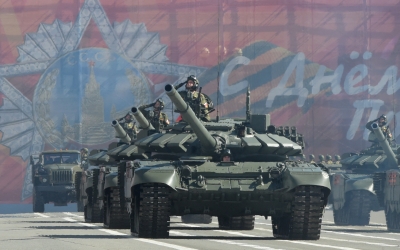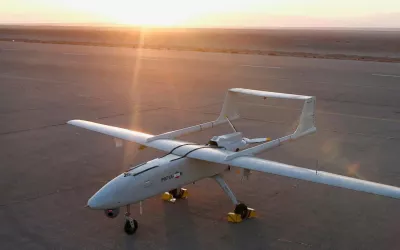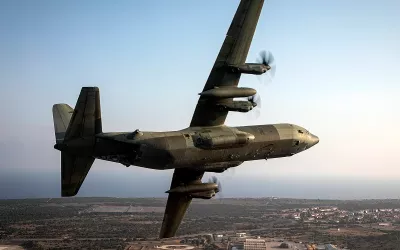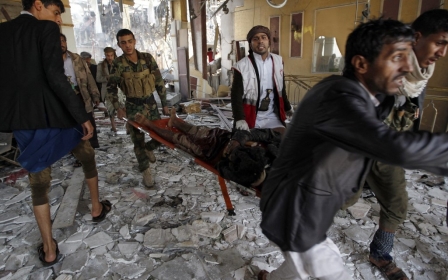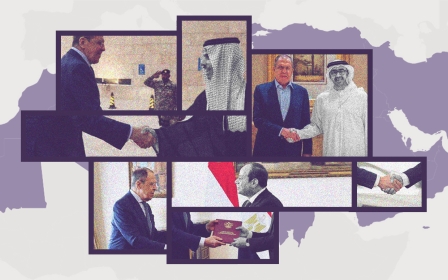Qatar ranks as top arms importer despite surge in weapons going to Ukraine
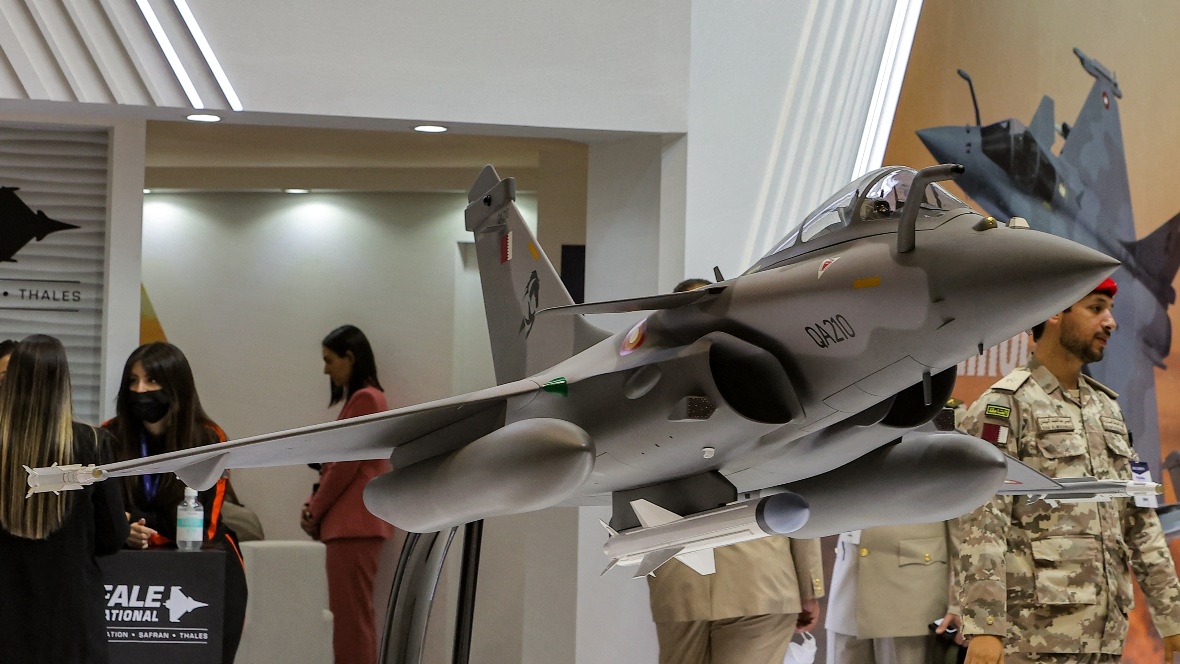
Middle East and North African countries remained among the world’s largest global arms importers in 2022, despite global attention on arms shipments to Ukraine amid Russia’s invasion, according to a report published on Monday by the Stockholm International Peace Research Institute (Sipri).
“Even as arms transfers have declined globally, those to Europe have risen sharply due to the tensions between Russia and most other European states,” said Pieter D Wezeman, senior researcher with the Sipri arms transfers programme, according to a Sipri press statement.
“Arms imports to East Asia have increased and those to the Middle East remain at a high level,” Wezeman said.
Arms from the US and European countries poured into Ukraine, following Russia’s February 2022 invasion of the country. The US alone has provided Ukraine with approximately $27.5 bn in military assistance since the beginning of the Biden administration. Kyiv was the third largest importer of arms globally in 2022.
Qatar, a gas-rich country of just three million people, holds the top spot as the world’s biggest arms importer as of last year. Shipments of weapons to the country increased by 311 percent between 2013-17 and 2018-22.
Doha is one of the world’s largest producers of natural gas. Along with neighbouring Gulf states, its global heft has swelled amid an energy crunch exacerbated by Russia’s Ukraine invasion.
In January, Qatar was designated a major non-Nato ally by US President Joe Biden, opening the path for more arms purchases from the US. In November, the US State Department approved the potential sale of a $1bn anti-drone system to Qatar.
Other Middle Eastern states have not been left out. Saudi Arabia was the world’s second-largest arms importer in 2018–22, receiving 9.6 percent of all global arms imports. Egypt, which is facing a debilitating economic crisis that has prevented the import of basic goods, ranked sixth globally for arms imports during that same period.
Middle East buys big
Sipri also noted that while western states have been reluctant to provide Ukraine with major arms for fear of widening its conflict with Russia, they have shown little of the same reservation in the Middle East.
Middle Eastern states imported more than 260 advanced combat aircraft, 516 new tanks and 13 frigates between 2018-2022. Gulf powers alone have an outstanding order for more than 180 combat aircraft. The Biden administration has ruled out sending fighter jets like the F-16 to Ukraine for fear it could lead to an escalation in the war.
“Due to concerns about how the supply of combat aircraft and long-range missiles could further escalate the war in Ukraine, Nato states declined Ukraine’s requests for them in 2022. At the same time, they supplied such arms to other states involved in conflict, particularly in the Middle East,” Wezeman said.
Sipri also noted a drop in Russia’s arms exports, with decreases to eight of its 10 biggest recipients between 2013–17 and 2018–22. Russia’s arms exports fell by 31 percent in the same period and its share of global arms exports decreased from 22 percent to 16 percent.
The drop in Russian exports has coincided with an increase from the US by 14 percent between 2013-17 and 2018-22. The US accounted for 40 percent of global arms exports in 2018-22.
Sipri, however, noted that France was perhaps the biggest winner from Russia’s declining sales, with exports increasing by 44 percent between 2013-17 and 2018-22, mostly to states in Asia and the Middle East.
France scoops up market share
Middle East Eye previously reported that Russia was facing supply shortages as a result of the war and had to delay servicing clients. Analysts and diplomats have told MEE that Moscow’s poor military performance in Ukraine has hit its ability to pick up new clients in the Gulf region.
"The lack of quality of Russian weapons systems has been exposed to GCC capitals. There is a clear decline in interest among GCC countries for Russian military gear. They are doubling down on Nato weaponry," Cinzia Bianco, a visiting fellow at the European Council on Foreign Relations, previously told MEE.
Kirsten Fontenrose, a former senior director for Gulf affairs in the Trump administration’s National Security Council, previously told MEE that France’s arms industry could be the big winner from the war in Ukraine.
Fontenrose said buying from France could be a way for rulers in Riyadh and Abu Dhabi to beef up their arsenals “while not rewarding the US for what they see as mistreatment”.
Russia’s arms exports to Egypt increased 44 percent between 2013-17 and 2018-22. However, Cairo has more recently suggested it is looking to Washington for arms.
Last year, Egypt backed out of its planned purchase of Russia’s Su-35 fighter jet and decided to buy the US F-15.
The Sipri data also highlights the impact of Turkey’s rocky relationship with the US. In 2020, the US sanctioned Turkey's defence industry under the Countering America's Adversaries Through Sanctions Act (Caatsa) for its purchase of Russia’s S-400 anti-missile system.
Arms exports from Washington to Ankara decreased dramatically between 2013-17 and 2018-22, with Turkey falling from seventh to 27th place as the largest recipient of US arms.
More recently, Turkey has lobbied the US to purchase new F-16 fighter jets.
Middle East Eye delivers independent and unrivalled coverage and analysis of the Middle East, North Africa and beyond. To learn more about republishing this content and the associated fees, please fill out this form. More about MEE can be found here.


